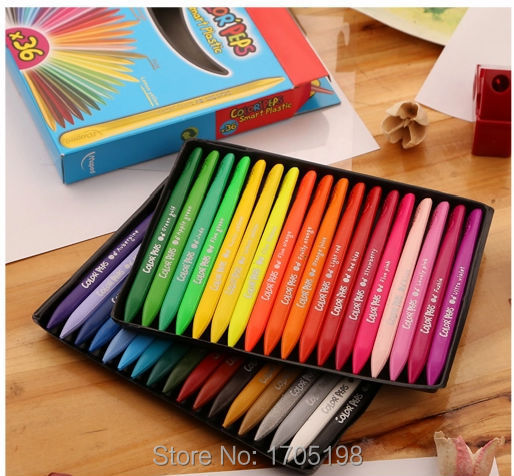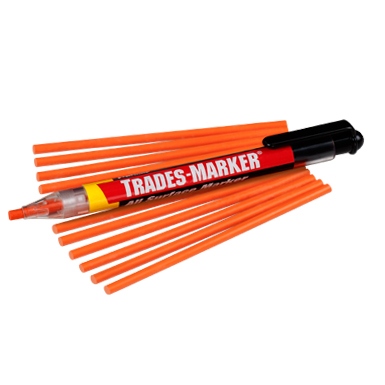
On glass surfaces, you will have to scrape off the marks.Use a dry clean cloth or tissue paper to dry. Get a cotton swab, soak one tip in nail polish and gently rub the mark until it’s removed.Use a dry clean cloth to wipe the surface dry. Spray a cleaning product with a degreaser on a clean cloth, then wipe the surface gently.If the marks prove to be resistant and rebellious, you can also try these:

You can also wipe the surface with a different fabric that’s damp with clean water. Damp a clean, soft cloth in the solution to clean the surfaces. You will need a basin to mix in soap or detergent and hot water. One way to remove the more stubborn wax is using soap. If the spots are too stubborn to be removed, you can also try other methods. You just need to use a clean damp cloth or tissue paper to erase the marks. When you make a mistake in marking fear not, you can simply erase them.
Grease crayon how to#
Now that you know what a china marker is and what it’s for, it’s time for you to understand how to remove its marks. However, it does not wash off as quickly as a tailor’s chalk or pencil. It acts as a replacement for a tailor’s chalk. Sometimes a china marker is used to mark fabrics in sewing. Today, you would sometimes see artists use them on canvas or paper. There are manufacturers of china markers that make them work well on paper and fabric. And since marks made by china markers are moisture-resistant, they are best to use on wet surfaces.Īside from working as a labeling, writing, or marking tool, china markers can also highlight in drawings or sketches.ĭespite the tight competition, some traditional artists today still prefer to use china markers. Its wax core can hardly scratch the surfaces on which it’s used. Today, it is still often used as a handyman’s marking tool and for construction. But they proved to be resilient as they are still widely used in this modern age of technology. And soon, the china markers lost popularity in the military scene. However, with the invention of whiteboards came the fast-drying erasable markers. It was also used to write information on clear glass panels in aircraft control centers, aircraft carriers, and military radar defense system stations. It was used to mark the map of the Sykes-Picot Agreement in 1916. In addition to labeling glass or marking porcelain in production, china markers were also used to aid in relaying information.Ĭhina markers were widely used in the 20th century. There are various ways to use china markers. These are much slimmer and are refillable.

Recently, they are also manufactured in a propelling form similar to mechanical pencils. More people prefer this as there is no need for additional tools to keep it functional. There is a string encased along with the core that you can pull to peel away the paper. The more famous china markers have casings that are made of paper. These are sharpened the way you would a pencil.

Some manufacturers of china markers make the outer casing out of wood, similar to pencils. These are non-toxic wax, similar to what’s used for making crayons, so they are safe to use for all ages. Pigment or dye is mixed before it hardens. The shiny, thick wax cores of china markers are made of opaque wax such as paraffin, ceresin, carnauba, or beeswax.


 0 kommentar(er)
0 kommentar(er)
